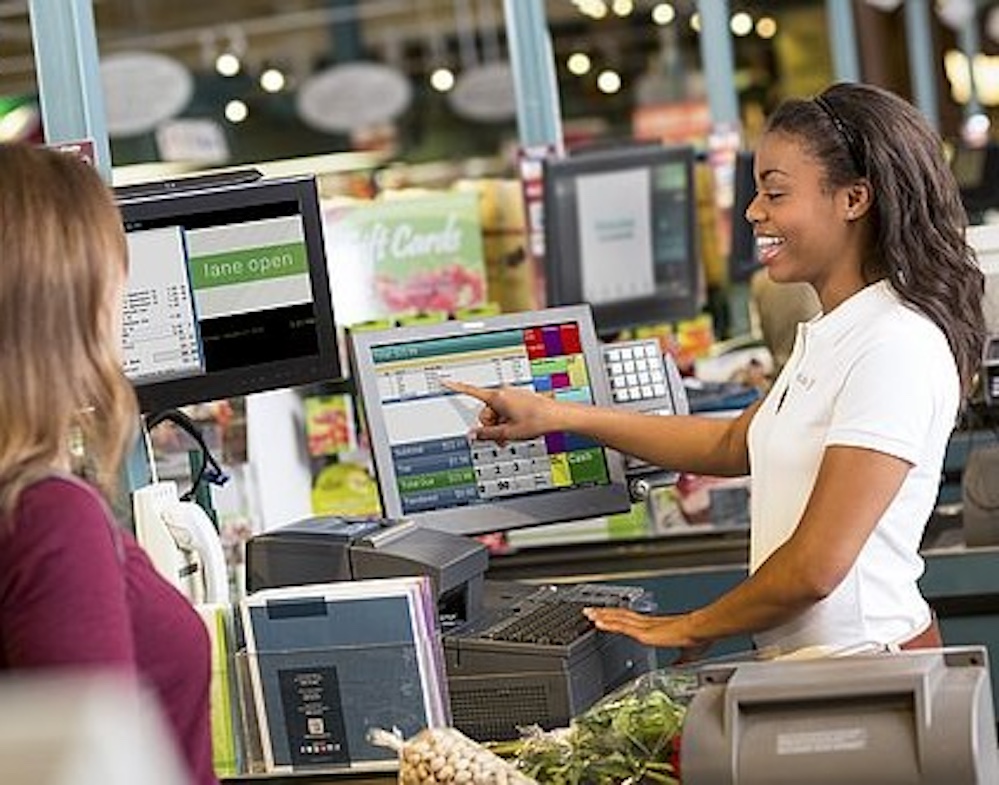Hi, Dave Fox here from Starscape SEO. In today’s retail landscape, the Point of Sale (POS) plays a critical role in the customer experience.
A well-optimized POS system doesn’t just process transactions—it serves as a key touchpoint for building customer relationships and driving loyalty.
When integrated with customer feedback tools, POS systems allow businesses to capture valuable reviews directly from their buyers.
Positive reviews at the point of sale can enhance your brand reputation, while negative feedback presents an opportunity to address concerns in real-time, improving customer satisfaction.

Whether the feedback is positive or critical, responding promptly and professionally to reviews can help your business maintain trust and ensure long-term success.
Point of Sale (POS), a term often used in retail and marketing, refers to the physical location where a transaction takes place.
It’s the final stage in the customer journey, where the customer’s decision to purchase is solidified, and the exchange of goods or services for money occurs.
Why is the POS so important?
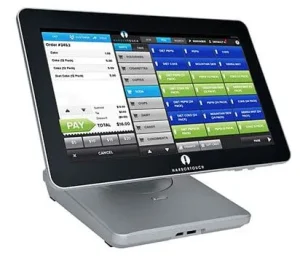
The POS is a crucial touchpoint in the customer experience.
It’s the place where customers interact with your brand directly, and their impression of your business can be significantly influenced.
A well-executed POS strategy can:
Increase sales
By creating a positive and engaging experience, you can encourage customers to purchase more than they originally intended.
Boost customer loyalty
A memorable POS experience can foster customer loyalty and encourage repeat business.
Gather valuable data
POS systems can collect data on customer behavior, preferences, and purchase history, which can be used to inform marketing strategies and improve customer service.
Key Elements of a Successful POS Strategy
To create a successful POS experience, consider the following elements:
Physical Environment
Layout and design
Ensure that the store layout is clear and easy to navigate. Use signage and displays to guide customers and highlight key products.
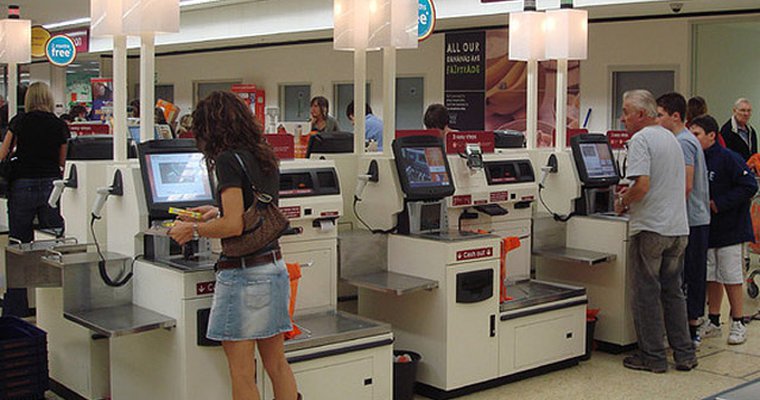
Atmosphere
Create a welcoming and inviting atmosphere with appropriate lighting, temperature, and sound.
Merchandising
Arrange products in a way that is visually appealing and encourages impulse purchases.
Product Presentation
Packaging
Use attractive packaging that complements the product and aligns with your brand identity.
Displays
Create eye-catching displays that showcase your products and highlight their benefits.
Product information
Provide clear and concise product information, including ingredients, features, and care instructions.
Customer Service
Staff training
Ensure that your staff is well-trained and knowledgeable about your products and services.
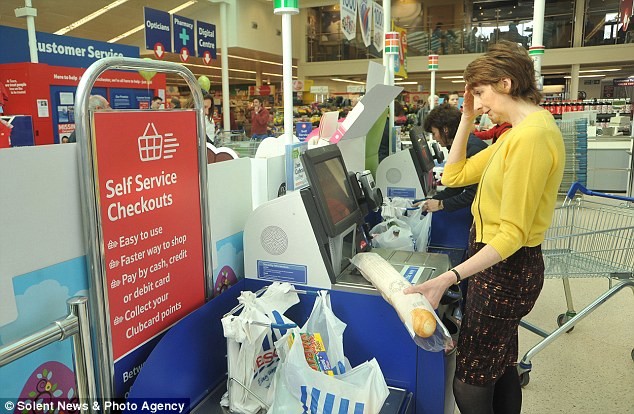
Friendliness and helpfulness
Encourage your staff to be friendly, helpful, and attentive to customers’ needs.
Efficient checkout
Streamline the checkout process to minimize wait times and reduce customer frustration.
Technology
POS systems
Invest in a reliable and user-friendly POS system that can handle transactions efficiently and collect valuable customer data.
Mobile payments
Offer a variety of payment options, including mobile payments, to cater to different customer preferences.
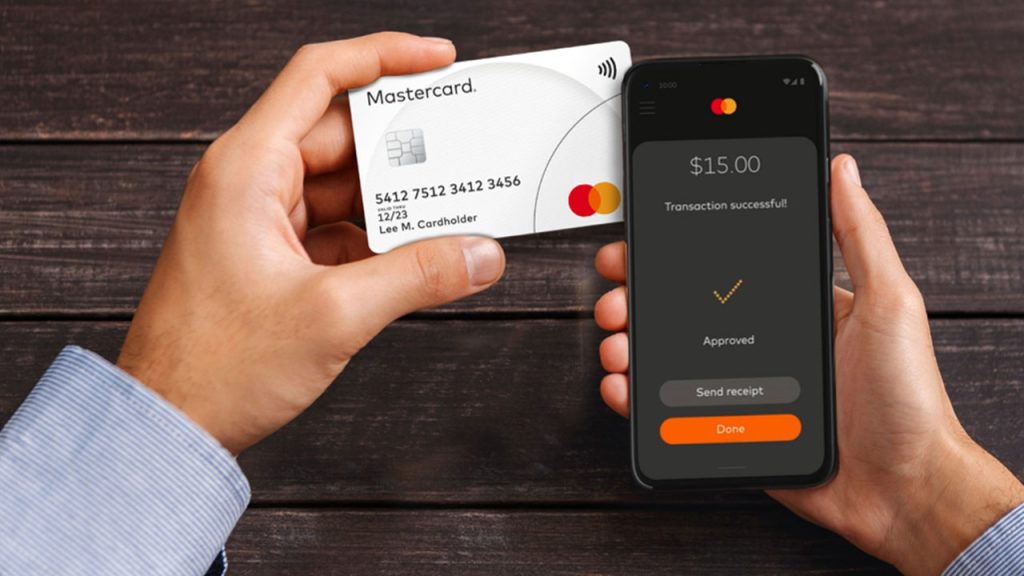
Self-service kiosks
Consider implementing self-service kiosks to provide customers with more flexibility and convenience.
Promotions and Incentives
In-store promotions
Offer limited-time promotions and discounts to encourage purchases.
Loyalty programs
Reward repeat customers with loyalty points or other incentives.
Upselling and cross-selling
Suggest complementary products or upgrades to increase average order value.
Examples of Successful POS Strategies
Apple Stores
Apple Stores are renowned for their sleek design, knowledgeable staff, and focus on customer experience.
The Genius Bar provides personalized assistance and product support, enhancing customer satisfaction.
Starbucks
Starbucks has built a loyal customer base by creating a welcoming atmosphere and offering a variety of customized beverages.
The company’s mobile app and loyalty program also contribute to its success.
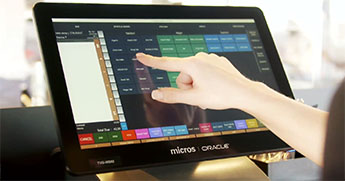
IKEA
IKEA’s unique showroom experience allows customers to visualize products in their homes and test them out.
The company’s self-service model and affordable prices further enhance its appeal.
By carefully considering these elements and leveraging best practices, you can create a POS experience that drives sales, builds customer loyalty, and sets your business apart from the competition.
SEO at the Point of Sale

While SEO traditionally focuses on digital spaces, the principles of optimization extend to in-person experiences.
For instance, optimizing the checkout experience at your POS system can increase conversions and customer satisfaction.
Just as slow-loading web pages can drive users away, a cumbersome or confusing POS system can frustrate customers and deter repeat business.
Here’s how you can optimize your POS for the best customer experience:
Brand Consistency
Your in-store branding, including POS systems, should reflect the same design and messaging found on your website.
This creates a cohesive brand experience and builds recognition and trust.
Mobile and Online Integration
An optimized POS system should seamlessly integrate with online platforms, making it easy for customers to transition between in-store and online shopping.
This also helps with gathering data that can improve your marketing and SEO strategies.
User-Friendly Technology
A smooth, efficient checkout process is just as important as fast-loading pages.
Ensure that your POS system is easy to navigate and offers multiple payment options, including mobile payments.
Feedback and Reviews
Just as Google My Business reviews boost SEO, collecting customer feedback directly through your POS can provide valuable insights.
Use this data to improve your SEO strategies and enhance both in-store and online customer experiences.
Conclusion
Just as Google My Business reviews boost SEO, collecting customer feedback directly through your POS can provide valuable insights.
Use this data to improve your SEO strategies and enhance both in-store and online customer experiences.
In conclusion, a well-optimized Point of Sale (POS) system does more than process transactions—it enhances customer experience, builds loyalty, and drives business growth.
By aligning your POS with your overall brand strategy, from SEO to customer service, you create a seamless, engaging experience that keeps customers coming back.
Whether you’re gathering feedback, offering promotions, or simply streamlining the checkout process, an optimized POS is a powerful tool for retail success.

Call or Text Starscape SEO: (519) 208-8680


